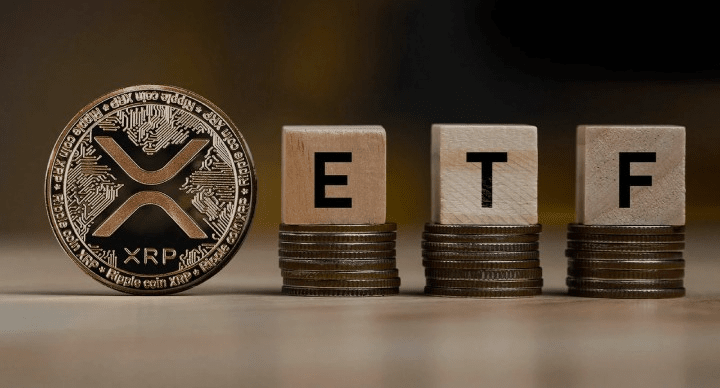
The XRP spot ETF (XRPC), launched by Canary Capital, began trading on Thursday (13) with around $58 million (approximately R$ 300 million) on its first day. This performance marked the most significant opening among all exchange-listed funds this year, even amid the declining cryptocurrency market.
A few days after filing its preliminary proposal with the SEC, the fund started trading and quickly attracted volumes above expectations, demonstrating strong initial demand.
The result caught the attention of Bloomberg's senior ETF analyst, Eric Balchunas, who pointed out that the product from Canary managed to surpass, albeit by a small margin, the Solana staking ETF from Bitwise — this had reached $57 million in its debut at the end of last month.

The intensity of the investments surprised the market. Balchunas had estimated about $17 million for the XRPC on its first day, but the fund surpassed that amount in just half an hour, closing the session as the most notable debut of the year.
The XRP ETF launched by Canary finished its opening priced at $24.55, recording a drop of 7.8% after a trading session marked by strong fluctuations, according to data from Barchart.
This performance occurred amid a broader backdrop of contraction in the crypto market, whose capitalization fell 3.5% to $3.43 trillion, according to CoinGecko information. Bitcoin fell 3.4%, Ether lost 6.7%, and Solana depreciated about 5%, closing at $145, giving back some of the gains obtained from the previous launch of BSOL.
Demand for XRP
Experts highlight that the scale of the debut reflects a significant demand for alternatives beyond the traditional axis of Bitcoin and Ethereum.
According to Min Jung, senior analyst at Presto, XRP has one of the most engaged and enduring retail communities in the sector, a type of enthusiasm that is difficult to measure, but which historically translates into strong movement whenever new products hit the market. Jung added that XRP remains one of the most recognized digital assets among individual investors, which naturally boosts initial participation.
On the institutional side, there is a latent demand for regulated exposure to XRP, especially after Ripple's legal victories and the growing consensus that the token should not be classified as a security. This has led professional investors, who were previously hesitant, to feel more secure in accessing the asset through a regulated structure, increasing the volume of the debut.
Despite this, Jung assessed that Thursday's session was "a mix of factors," combining genuine demand with liquidity operations and short-term arbitrage. A significant part of the flows came from liquidity providers adjusting creation and redemption baskets, in addition to traders taking advantage of temporary premiums or discounts relative to the spot price.
What to expect from here on out
For Lawrence Samantha, CEO of NOBI, the XRPC represents a "clear channel" of entry for investors, addressing a pent-up demand that could not be accessed previously. He emphasized that the real test will be to observe the continuity of the flows: if the fund maintains consistent inflows, this may indicate that institutions are treating the product as a long-term strategic allocation. Otherwise, a slowdown may reveal that the initial volume was dominated by market makers.


